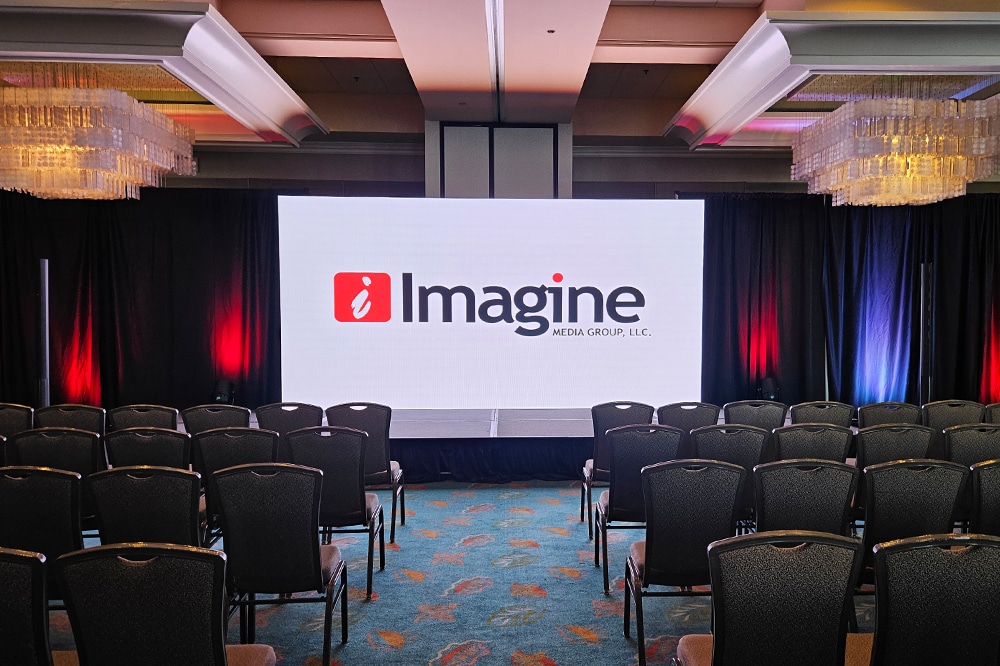LED wall screens have grown progressively popular in recent times, particularly in settings like educational institutions, businesses, and public spaces. These screens use LED diodes (LEDs) to create bright and lively visuals. One of the most significant advantages of LED innovation is its durability in contrast to traditional screen technologies, such as cathode ray monitors (CRTs) and LCD crystal screens. Grasping the distinctions in lifespan and performance between these technologies can help consumers make knowledgeable decisions about their screen needs.

Traditional screen methods, like CRTs, have been around for many decades. They were commonly used in TVs and computer screens. However, CRTs have a limited lifespan, generally lasting approximately 10,000 to 20,000 hrs of use. This means that after a couple of years, consumers may observe a decline in image clarity, such as dimming or hue distortion. In comparison, LED wall screens can last significantly longer, often exceeding 50,000 hrs. This extended duration means that consumers can enjoy consistent functionality without the requirement for frequent substitutions.
Another crucial factor to consider is power efficiency. LED wall panels consume less power than conventional displays, which not only benefits the environment but also lowers power costs. For example, while a CRT screen straight from the source may consume around 100 W of energy, an LED screen can consume as few as 30 to 50 watts. This discrepancy in energy consumption adds to the overall longevity of LED innovation, as reduced power usage generates minimal heat. Excess thermal energy can damage electronic components, leading to a shorter duration for conventional displays.
In addition to their extended duration and power efficiency, LED wall screens also provide superior image quality. They provide more vivid colors and better contrast, making them ideal for various uses, from advertising to learning displays. The innovation behind LED panels allows for a broader sight angle, meaning that images remain sharp and vibrant even when viewed from the flank. This is a major benefit over conventional screens, which often suffer from color distortion and diminished luminosity at broader angles.
In conclusion, the durability of LED wall panels in contrast to traditional display technologies is a key factor for consumers to consider. With lifespans that can surpass 50,000 hrs, power efficiency, and superior visual clarity, LED innovation offers many benefits. As technology continues to advance, LED panel screens are probably to turn even more prevalent in various settings. Understanding these differences can help individuals and organizations make better decisions when purchasing in display technology, ensuring they get the best value for their requirements.
Comments on “Investigating the Longevity of Light Emitting Diode Wall Screens in Comparison to Conventional Display Methods”